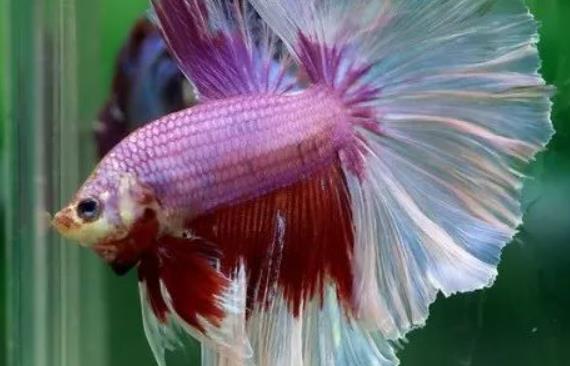Early Symptoms:
The betta fish appears normal at first, with only a slight swelling just below the gills.
The betta fish then starts to lie on the bottom of the tank, remaining motionless or floating on the water surface without moving. It refuses to eat the feed, and there is an abnormally swollen area like a round ball just below the gills, and it no longer defecates.

Late Symptoms:
The belly becomes swollen, and later on, the fish may show erect scales.
It experiences difficulty in breathing, a rapid increase in weight, and swelling in the lower limbs.
The abdomen swells, there is a feeling of abdominal distension, difficulty in breathing (when the accumulated fluid presses on the lungs), a rapid increase in weight, and swelling in the lower limbs. As the disease progresses, the fish may experience abdominal pain and discomfort.
Prevention and Treatment Recommendations
Prevention Methods:
Strengthen the treatment of water to reduce the chances of parasite invasion.
Change the water regularly to control the reproduction speed of bacteria.
Treat the feed and feed more safe feeds such as sterilized frozen bloodworms and brine shrimp.
Observe whether the betta fish defecates and detect any abnormalities promptly.
Treatment Methods:
For internal bacterial diseases caused by bacteria in the water quality and food, there is a 60% chance of recovery if treated with gentamicin + oxytetracycline supplemented with magnesium salts or allicin in the early stage.
If caused by internal parasites, there is a slim chance of survival when treated with Praziquantel.
For diseases caused by the fish's own defects (similar to cancer in humans), there is no possibility of treatment.
